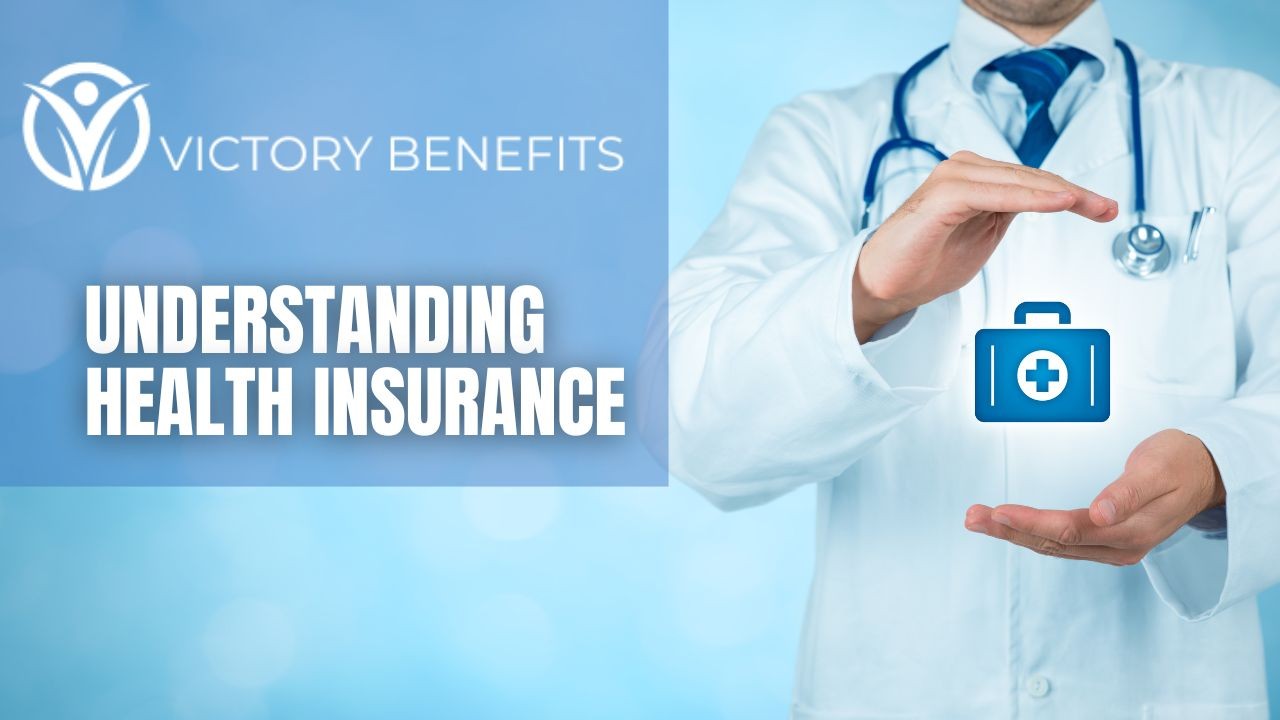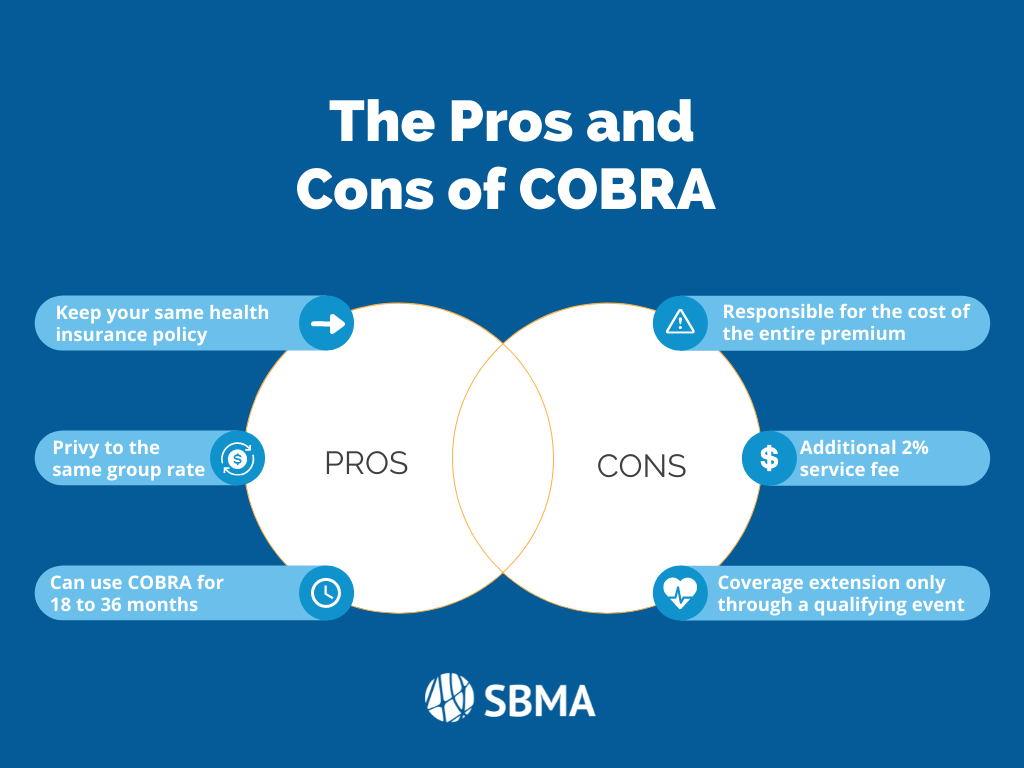An Unbiased View of Medicare Advantage Agent
An Unbiased View of Medicare Advantage Agent
Blog Article
The Medicare Advantage Agent PDFs
Table of ContentsMore About Medicare Advantage AgentThe Facts About Medicare Advantage Agent RevealedNot known Incorrect Statements About Medicare Advantage Agent

adheres to from puzzling the reasonably young age account of the without insurance with the much better health and wellness, on average, of younger individuals. This covers the link between wellness standing and health insurance. For those without access to office medical insurance, inadequate health is a prospective obstacle to acquiring nongroup coverage due to the fact that such protection might be very priced, omit preexisting problems, or be just unavailable. The number of without insurance Americans is not specifically big and has actually not altered in current years. 7 out of ten respondents in a nationally representative survey assumed that fewer Americans did not have health insurance than really do(Fronstin, 1998). About fifty percent(47 percent )believed that the number of individuals without medical insurance decreased or stayed continuous over the last fifty percent of the last years(Blendon et al., 1999). This drop of nearly 2 million in the variety of individuals 'without insurance coverage (a decrease
of around 4 percent)is certainly a positive change. With a softer economic climate in 2000 the most recent reported gains in insurance protection might not continue(Fronstin, 2001 ). The decline in the number of without insurance will certainly not continue if the economy remains slow-moving and wellness care costs remain to outmatch rising cost of living. This is because the information were accumulated for a period of strong economic performance. Of the approximated 42 million individuals who were without insurance, just about regarding 420,000(regarding 1 percent)were under 65 years of age, the age at which most Americans become qualified for Medicare; 32 million were adults between ages 18 and 65, around 19 percent of all adults in this age group; and 10 million were kids under 18 years of age, about 13.9 percent of all children (Mills, 2000). These quotes of the variety of individuals uninsured are created from the yearly March Supplement to the Present Populace Survey (CPS), conducted by the Demographics Bureau. Unless or else noted, national estimates of people without health and wellness insurance policy and percentages of the population with various type of insurance coverage are based upon the CPS, the most commonly made use of source of price quotes of insurance protection and uninsurance prices. These studies and the estimates they yield are described briefly in Table B. 1 in Appendix B - Medicare Advantage Agent. These surveys differ in dimension and sampling approaches, the inquiries that are asked concerning insurance coverage
Medicare Advantage Agent - Truths
insurance coverage, and the time duration over which insurance protection or uninsurance is measured(Lewis et al., 1998, Fronstin, 2000a ). Still, the CPS is particularly helpful due to the fact that it generates annual quotes fairly quickly, reporting the previous year's insurance coverage approximates each September, and since it is the basis for a constant collection of estimates for more than two decades, enabling analysis of patterns index in coverage in time.

All about Medicare Advantage Agent
The connection between health and wellness insurance policy and accessibility to care is well developed, as recorded later in this chapter. The relationship between health insurance policy and health end results is neither direct neither simple, a considerable medical and wellness services research study literature web links health and wellness insurance protection
to improved better to care, better much betterTop quality and improved boosted and population health status. The second report, on individual wellness outcomes for uninsured adults, is stood for by the innermost circle of the number, while the 3rd record, on family wellness, includes the topics of the second report but emphasizes a various system of evaluation, particularly, the family.
Additionally, it focuses particularly on those without any type of medical insurance for any size of time. The troubles encountered by the underinsured remain in some areas comparable to those faced by the this article uninsured, although they are typically less severe. Uninsurance and underinsurance, however, involve noticeably various policy problems, and the methods for addressing them may differ. Throughout this research and the 5 reports to adhere to, the major emphasis is on individuals without any medical insurance and therefore no aid in spending for health and wellness care past what is readily available with charity and safeguard establishments. Wellness insurance policy is a powerful element affecting invoice of care due to the fact that both people and physicians reply to the out-of-pocket rate of services. Medical insurance, nevertheless, is neither required neither adequate to access to clinical services. However, the independent and direct result of wellness
insurance coverage on access to wellness services is well established. Others will certainly get the healthcare they need also without medical insurance, by paying for it expense or seeking it from service providers that use care complimentary or at highly subsidized prices. For still others, health and wellness insurance alone does not make sure receipt of treatment due to other nonfinancial obstacles, such as a lack of health and wellness treatment companies in their area, limited accessibility to transport, illiteracy, or linguistic and social distinctions. Formal research study concerning without insurance populaces in the United States dates to the late 1920s and early 1930s when the Committee on the Expense of Healthcare produced a series of records about funding physician workplace gos to and hospitalizations. This problem ended up being significant as the numbers of clinically indigent climbed up during the Great Anxiety. Empirical research studies consistently sustain the link between access to care and boosted health and wellness end results(Bindman et al., 1995; Starfield, 1995 ). Having a routine resource of care can be thought about a forecaster of gain access to, as opposed to a straight measure of it, when health and wellness results are themselves used as accessibility signs. This extension of the idea of access measurement was made by the IOM Board on Keeping An Eye On Gain Access To to Personal Health And Wellness Care Provider(Millman, 1993, p. Whether moms and dads are guaranteed shows up to affect whether their youngsters get care in addition to just how much careeven if the kids themselves have coverage(Hanson, 1998). The health of parents can influence their capability to care for their children and the degree of family members stress. Stressing over their kids's accessibility to care is itself a resource of tension for moms and dads. Three phases comply with in this report. Phase 2 provides an overview of how employment-based health and wellness insurance policy, public programs and private insurance plan operate and engage to supply substantial but insufficient insurance coverage of the U.S. population. This includes a testimonial of historical fads and public laws affecting both public and private insurance, a conversation of the interactions amongst the various sorts of insurance, and an assessment of why people relocate from one program to one more or wind up

Report this page